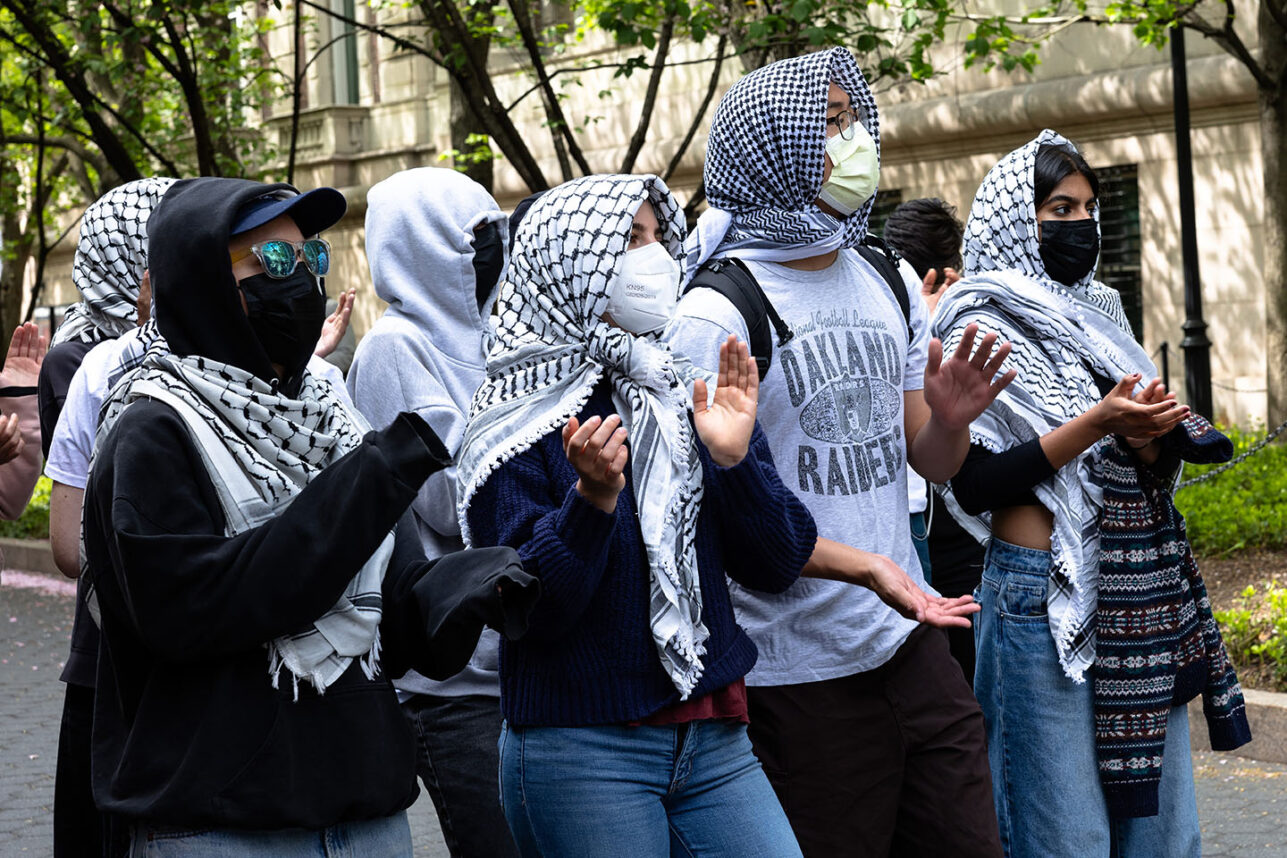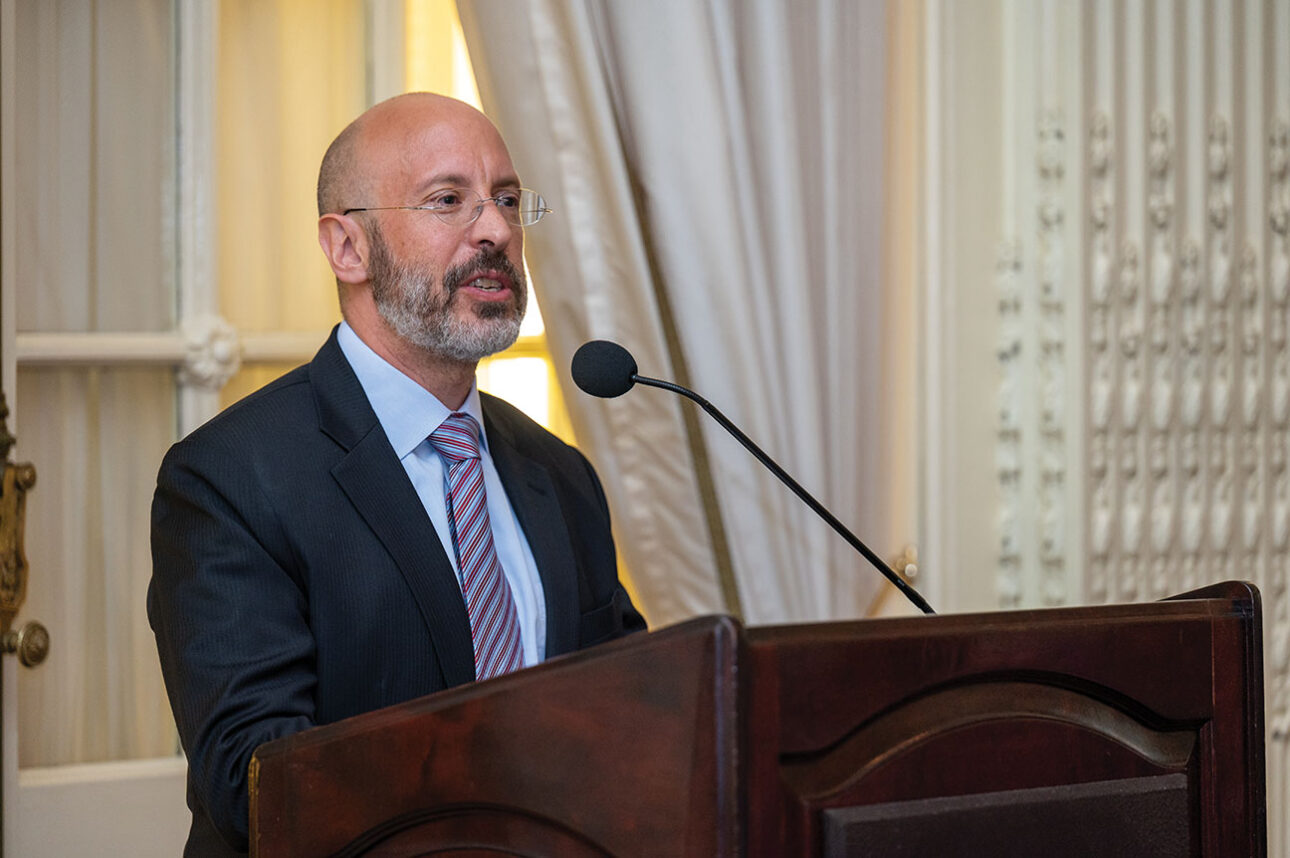It was tense conversation. The editor at NPR (clearly Jewish) was defending the reporting about violence in Brooklyn. Twenty years ago black mobs had taken to the streets after a car accident that took the life of a black child. Jews huddled in their homes in fear. Cars were torched, Jews beaten, Norman Rosenbaum, a Jewish student from Australia lay dead, killed by the mob. Police were held back by an incompetent mayor. The media whose job was to report the facts were creating a fantasy, claiming, “there are conflicts between blacks and Jews. Tensions are high as ethnic groups clash.” I told the editor she had the story wrong. There were no attacks by Jews, it was a one way battle. Finally in exasperation I yelled at her, “Jews are dying and you are lying.”
Things were not much better with the so called Jewish establishment. That week the ADL was busy issuing a press release about skinheads in Idaho. The American Jewish Congress and the Reform movement praised the mayor and even asked for a commission to be set up explore discrimination against blacks. Abe Rothenthal in a New York Times column a few weeks afterwards was one of the lone voices to speak honestly. He described the Jewish leadership’s timid response.
“Their usually ferocious faxes were either silent or blurped out diplomatically balanced condolences to all concerned.”
None of the organized leadership had the courage to label incident what it really was, America’s first Pogrom.
What drove the impotence of the Jewish establishment? Why was the media so gung-ho in transforming the story into one that reflected their mindset? Why did the press give a pass then, (and continues today) to Al Sharpton who walked to the streets of Crown Heights inciting hatred against Jews.
Rabbi Yitz Greenberg wrote afterwards in the Jerusalem Report that the Jewish leadership did not react since “Chassidic blood was flowing.” Imagine for a moment if mobs of angry blacks were attacking Jews in the upper west side. Would the ADL, AJC sit stoic, politely asking for the violence on both sides to stop and a commission be established to look into Black civil rights. Would they, as Jerome Chanes , a former leader of the JCRC in New York, just last week, two decades later, still describe the pogrom as a “riot” clinging to the argument it was not driven primarily by anti-Semitism.
Liberal Jewish leaders failed to confront their own bias. Deep down they felt that Chassidim caused the problem. “Those religious Jews look different, act different, they are too Jewish, they stick out, they are provoking anti-Semitism. If only they would fit into to America a bit better than this would have never happened.”
The media was not much different; they framed the story as they viewed the world. Ari Goldman star reporter for the New York Times, wrote a blistering article last week revealing the lies and mistruths of the Times reporting. At the time he went along, “as a loyal employee”. Now twenty years later he laments with great angst about the rewriting of the news to fit the mindset of the Times.
The real story is that the Chassidim in Crown Heights were law abiding citizens. The community leadership urged the local Jews not to take the law in to their own hands and respond with violence. Local Jews put their trust in government and waited in fear for the police to protect its citizens.
After the second night of rioting, a desperate fax was send out to Chabad rabbis across the country from the leaders of Crown Heights.
“The mayor is doing nothing, the police are not protecting us, please reach out to your elected officials and ask them to put pressure to stop the violence.”
I called my local congressman, the White House and others. Across the country my associates did the same. Apparently this national uproar prompted the White House to contact the Governor of New York telling him “if you do not do something we will send in troops”. That night the police returned to Crown Heights, and the pogrom ended.
A month later I was in Brooklyn, there was cop on every corner. I asked one policeman “how do you feel about what happened.” He painfully told me, “we are the most embarrassed police force in the world, for two days they held us back and would not let us do our job.”
It’s not just the police that need to do a mea culpa. The leaders of major Jewish organizations that pride themselves on fighting bigotry and anti-Semitism need to do some soul searching and ask themselves about their own bias they refused to confront. Why, as Jews in Crown Heights huddled in their homes, why didn’t they have the courage to speak out strongly and call it what it really was, America’s first, and hopefully only Pogrom.
Rabbi David Eliezrie is a Chabad rabbi in Yorba Linda California. His email is Rabbi@ocjewish.com






















 More news and opinions than at a Shabbat dinner, right in your inbox.
More news and opinions than at a Shabbat dinner, right in your inbox.